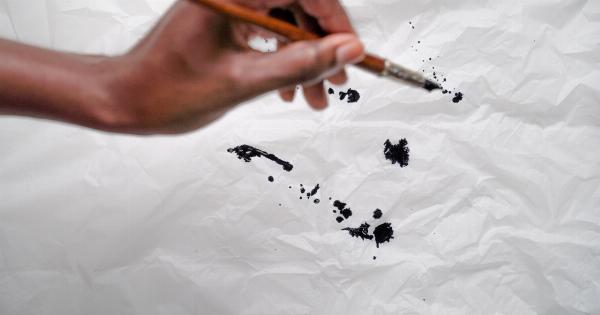Inkblot tests are widely used by mental health professionals to analyze the personality traits of an individual. These are psychological tests that include ambiguous inkblot images and ask the responses of an individual about what they see.
From these responses, experts can determine various aspects of the personality of an individual.
What is an Inkblot Test?
An inkblot test is a psychological evaluation technique that is used to determine personality traits and psychological functioning by analyzing a person’s interpretations of a symmetrical inkblot image.
It is also known as Rorschach test, named after the Swiss psychiatrist Hermann Rorschach, who first introduced this test to the world in 1921.
How does an Inkblot Test work?
The inkblot test works by printing random inkblots on a piece of paper. The test administrator or mental health professional then asks the test-taker to tell what they see in each of those inkblots, focusing on the color, shape, size, and other details.
Depending on the response and interpretation of the image, the administrator further questions the test-taker and finally derives a personality report.
Types of Inkblot Test
There are several types of inkblot tests. However, the Rorschach technique is the most common one that is still used around the world.
The Rorschach technique was originally designed as a projective test, which means that it is used to show an individual’s personality and/or non-conscious emotional state rather than what is rational or what is most likely to be true.
3 Inkblot Tests to Explore Your Personality
Here are the three different inkblot tests that can be used to explore your personality and improve self-awareness.
1. The Rorschach Test
The Rorschach test is the most well-known and widely used type of inkblot test. The Rorschach test contains ten inkblots, five of which are black and white and five of which are colored.
The test administrator will present each image to the test-taker and ask them what they see. Responses by the test-taker are then analyzed for various factors, including content, location, determinants, shading, form quality, and popular responses.
Interpretations of responses to these ten images can produce a broad personality profile and can even help to identify psychological disorders.
2. The Holtzman Inkblot Test
The Holtzman inkblot test is another type of projective inkblot test that was developed in the 1960s.
This test contains fifteen black and white inkblots, and the individual is asked to identify those images that give them a sense of movement or other features, such as objects, people, or animals.
The Holtzman Inkblot Test was specifically designed to be a little challenging and relies heavily on the test-taker’s ability to see movement or activity in each image.
3. The Thematic Apperception Test
The Thematic Apperception test is slightly different from other inkblot tests in that it presents a picture rather than an inkblot.
The test is based on the assumption that the stories that we create about the picture reflects our inner desires, conflicts, and emotions.
The test consists of twelve pictures, and the test-taker is asked to tell a story about the people in the image.
The story must contain a beginning, middle, and end and must also address a series of questions, such as what led up to this situation and how would you describe the relationship between the characters in the image.
Results
The interpretation of responses to the inkblot tests may vary depending on the test and the intended purpose.
However, all of these tests share the common goal to help the individual is self-awareness of their personality traits and potential psychological issues.
The Rorschach Test Results
If you were to take the Rorschach test, the results would be used to determine your basic personality structure, such as whether you’re emotionally stable, sensitive, aggressive, or anxious.
Other results may include your intellectual functioning and your ability to socialize and communicate effectively.
The Holtzman Inkblot Test Results
The results of the Holtzman inkblot test would include your ability to recognize and interpret non-existing movements or activities in each image.
This allows mental health professionals to identify your tendencies towards specific behaviors, such as impulsivity, aggression, or anxiety.
The Thematic Apperception Test Results
In the Thematic Apperception Test, the results include self-awareness of your inner desires and conflicts through analysis of the stories you tell about the image.
This can help identify unconscious wishes, suppressed negative emotions, and other issues that may be affecting your psychological well-being.































